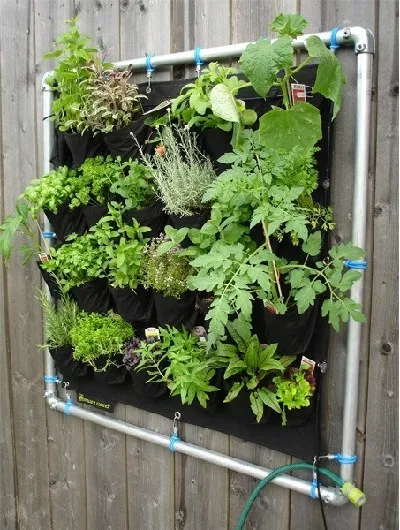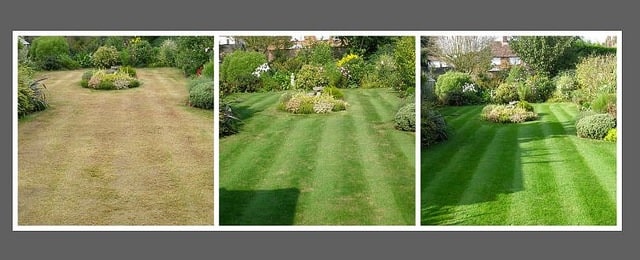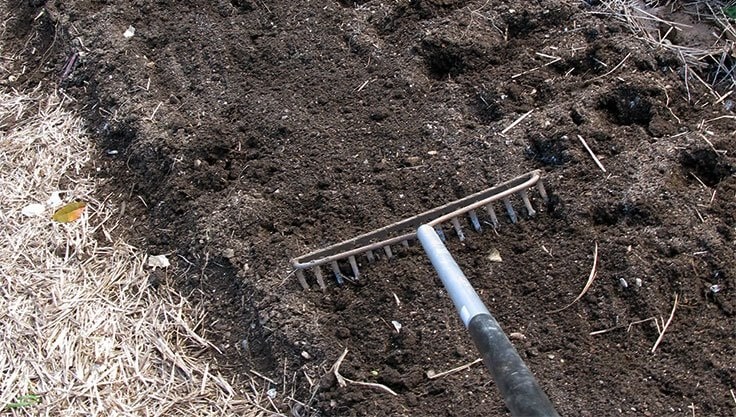Vertical gardens were invented thousands of years ago. Already in ancient Babylon there were vertical gardens or hanging gardens. It has also been very common, throughout the history of gardening, the use of climbing plants such as ivy, jasmine or Virginia creeper to cover facades. However, in recent years the development of new construction systems has revolutionized and multiplied the possibilities of vertical gardening. At reasonable prices it is possible to create magnificent outdoor vertical gardens or indoor vertical gardens.
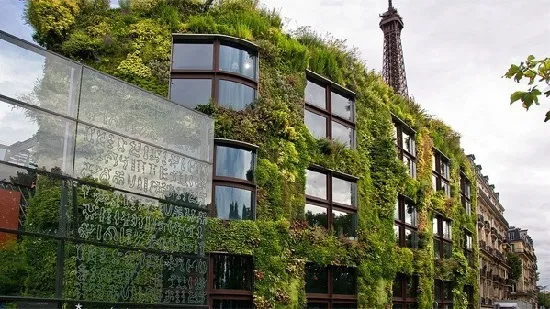
Today we find ourselves at a defining moment where the consequences of climate change are becoming more and more noticeable. The cities we live in, thanks to our daily activities, are responsible for emissions that threaten the quality of the environment. If these emissions are not progressively addressed, cities will become vulnerable to the negative impact of climate change.
New and existing buildings must make every effort to reduce their emissions and consumption.
Vertical gardens and their environmental and technological benefits
Today we present a new strategy to mitigate climate change in cities: green facades, also known as vertical gardens. A number of important environmental and energy benefits are attributed to this type of urban gardens. Benefits that, as we will see, are a great opportunity to improve the quality of life in cities and the welfare of urbanites.

Before talking about the technical aspects of vertical gardens, we will take a look at a series of benefits of vertical gardens or green facades, some tangible and others intangible, but all important in the environmental conditions of cities.
- Improving air quality: air pollution today is one of the most important environmental problems in cities, which end up reflecting directly on human health. The decontamination of cities through the use of vegetation is increasingly being taken into account in urban planning, with the design of natural building envelopes or the application of the concept of urban agriculture in soil and height.
- Creation of natural environments: the barrier between the countryside and the city is dissolving more and more thanks to the emergence of urban agriculture and naturation. The creation of new natural spaces in the city, together with their social benefits, makes this type of strategy a potential tool against climate change.
- Aesthetic quality: vegetation as a constructive element not only provides environmental value, in addition to its biological aspects, the added value related to aesthetic quality is relevant. Vertical gardens have been used throughout history to accentuate architecture and create significant ornamental spaces. If you are interested in aesthetics I recommend you read the article on “Decorative gardens”.
- Well-being: nature can be interpreted as a resource for inspiration, mental regeneration and stress reduction, which translates into psychological and perceptual well-being for humans.
- Mitigation of the heat island effect: the heat island phenomenon in urban environments is largely due to the use of materials that transmit stored energy to the environment, so vegetation can be used as an absorption and buffering strategy; the composition and nature of the soil allows for insulating effects against high temperatures.
- Improvement of acoustic conditioning: noise pollution is another problem that worries our cities; the use of vegetation in vertical gardens reduces sound propagation levels.
- Reuse of rainwater: cities around the world today are concerned about flooding during periods of high rainfall. Vegetation in this case contributes positively through its behavior as a natural regulator, from the use of this resource for irrigation and maintenance, thus increasing the time between the climatic event and water discharges.
- Increased biodiversity: the accelerated population growth in cities, as well as the high levels of urbanization have led to a higher level of demand for the existence of natural ecosystems. Designing buildings and urban environments that contemplate the integration of vegetation as an alternative for the increase of biodiversity (small insects, bees, small birds), plays an important role in the concern for maintaining our environment. Some time ago we published a very interesting article on How to raise beneficial insects, which I recommend.
- Energy efficiency: climate change generates important alterations in the earth’s temperature levels, which leads us to think about the search for alternative strategies to the use of fossil fuels for energy generation. Vertical gardens have important thermal insulation capabilities, which translates into a contribution to energy savings or to the reduction of consumption in buildings.
- Urban agriculture: in addition to the energy and environmental benefits, food production can also be associated with this type of system. Vertical urban agriculture, or vertical gardens have the same potential to create community spirit that is associated with this type of practice, making it perhaps the solution to green consumption.
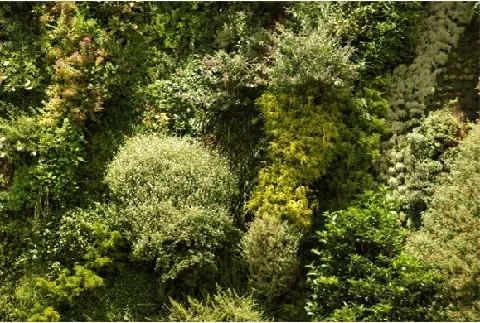
Cause of the benefits provided
As we have been able to observe, this type of systems do not only mean an added aesthetic value to the buildings, but they bring with them a series of new conditions that in turn make it possible to achieve the goal of more sustainable cities.
All this is mainly due to three main aspects:
- The shade provided by the vegetation, which varies according to the density of the species.
- The thermal inertia of the substrate, and by this we mean the capacity of the soil/substrate to conserve the thermal energy received and gradually release it, thus reducing the need for alternative air conditioning systems.
- And finally, evapotranspiration as a natural biological process of plants, which refers to the loss of moisture from the substrate by direct evaporation followed by the loss of water through the leaf apparatus (plant apparatus).
Brief history of vertical gardens or green walls
But all this does not arise spontaneously, like everything else, it has a starting point, and in this case it is thanks to a French researcher and botanist Patrick Blanc. This new technique of vertical garden in the city has become an art thanks to the development of research in the field of botany. His work focused mainly on the study of subtropical plants, consolidated in a technological proposal in the technical field, with the reinterpretation of the behavior of these species, which present a vertical development on rocks.
From this first invention presented by Patrick Blanc, the interest for innovation in these topics arises, and consequently, trial and error begins with different materials, different construction systems, types of species and various substrates that seek to emulate what the French researcher has started.
This historical review leads us to establish a precise classification based on two preceding lines:
One that comes from the ancient use of vegetation on vertical surfaces, linked to the use of continuous vertical gardens, which start from substrate in vessels, and which develop vertically with natural rhythms, i.e. there is no pre-cultivation;
And a second line, much more technological and current, based on the contribution of Patrick Blanc, where the concept of modular gardens is introduced, with substrate incorporated in each module and very specific irrigation and sensoric systems.
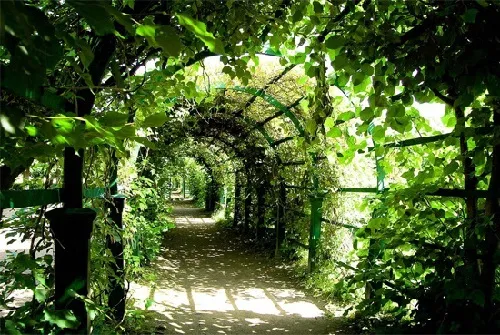
Types of vertical gardens
There are different classifications of vertical gardens depending on the type of substrate, the irrigation system used, or the construction technique.
Types of vertical gardens by construction technique
In this case we will see the types of vertical gardens according to the construction method or construction technique used.
Modular systems
This type of systems is made from industrialized and pre-cultivated modules in many cases, which vary their dimensions according to the design and the requirements of the project to which they are applied.
They are usually built from fixed components, which are repeated in all systems of this type:
- Moisture insulation
- Vertical support structure
- Box/module containing the substrate
- Anchoring elements
- Irrigation system
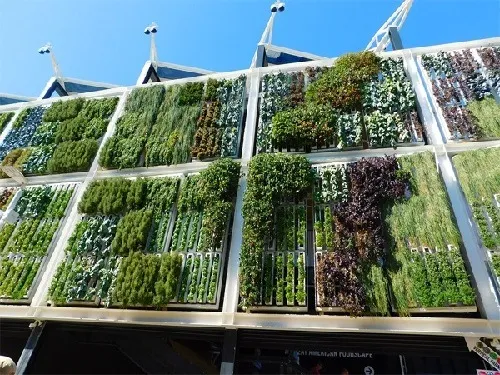
Continuous systems
Unlike the previous ones, this is a type of system that, as substrate container boxes, are developed from climbing plants used to cover vertical surfaces that in turn allow the adherence of these species. The support structure on which the plant grows can be from cables, meshes, rigid structure, or supports attached to the wall.
The components that are maintained in this type of facades are:
- Substrate
- Vertical support structure
- Vegetation
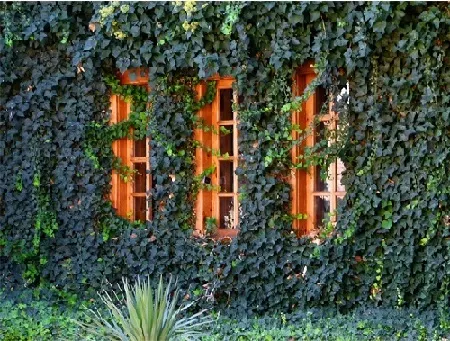
Types of vertical gardens according to the presence and type of substrate
Systems with substrate (organic)
The most important characteristic of this type of system is that it has a substrate, i.e. a cultivation soil in which the roots grow in a granular medium with an organic percentage given by the components that are used (coconut fiber, humus, perlite, arlite, technical foams, etc.). This substrate gives them the capacity to retain water, to provide important thermal and acoustic insulation capacities, and also to decontaminate the air.
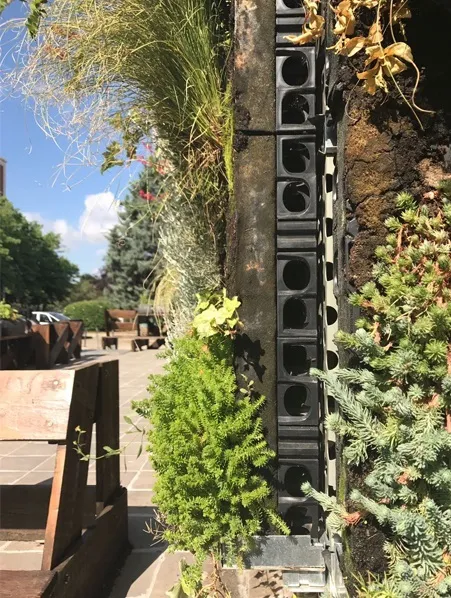
Systems without substrate (hydroponic)
Unlike the previous ones, hydroponic growing systems do not have substrate; instead of a granular medium, they have an inert medium in which the roots grow (polyethylene, polyester, rock wool, technical foams, etc), together with a supply of nutrients through a mineral solution that is distributed through the tubes of the irrigation system. This method of nutrition and irrigation is called fertigation.
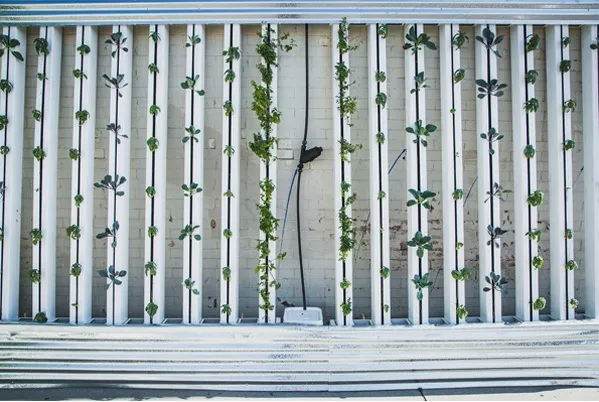
Types of vertical gardens by location
Outdoor vertical gardens
In this classification we find all the systems that are arranged on the external walls or facades of a building. Depending on the versatility of the system, they can cover more or less square meters of surface.
They are mainly used to take advantage of their energetic benefits.
Indoor vertical gardens
On the contrary, this classification responds to all those installations that are located in the internal walls of the spaces. Often used for the aesthetic contribution they provide, however, nowadays many more important benefits are attributed to them, among which stand out the psycho-perceptive well-being related to the presence and interaction with the vegetation, and the decontamination of the air in spaces with a lot of human activity.
Prices of vertical gardens
The price of a vertical garden is associated with the type of installation, the dimensions and the maintenance required. They can be destined for external surfaces and are called vertical gardens or vegetable facades, or for internal walls and are called indoor vertical gardens. It should be noted that the benefits provided do not depend on the location, the benefits will be proportional to the place where they are located.
That is to say, for decontamination of the internal air, it will be fine to place them inside a space, if on the other hand what is sought is to help the isolation of high external temperatures, it will be better to place them on facades.
Being systems that are attached to the facades or internal walls of buildings, it is necessary to identify the variety of costs that derive from their installation, and we will do it in two main points:
Costs related to the installation:
- Cost of the vertical support structure (felts, plastic boxes, bottles, glasses, etc.);
- Cost of the plants;
- Cost of the conditioning of the wall on which the installation is made (if applicable);
- Cost of the irrigation system;
Costs related to management and maintenance:
- Ordinary maintenance (fertilization, watering, revision of the support structure, etc.).
- Extraordinary maintenance (in case of major damage or replacement);
Steps to create a vertical garden
Up to this point we have told you all about the theory, we are more excited about the practice, so we invite you to create your own vertical garden. Now that you know all about them, do you dare to be part of this green revolution?
We leave you a brief guide with some steps that will help you to build your personal vertical garden:
First of all, the design
The first thing you should know is how and where to place the vertical garden, what is the dimension and the type of tones you want.
Do you want a garden with only green tones or would you like to generate a play of textures and colors?
Do you want small plants or large ones?
Depending on your answers to these questions you will have to choose the type of species you will plant, and how they will be distributed vertically.
Substrate and tools for vertical gardens
Vertical gardens, as we have shown you before, can be built in different materials, so you must decide between felts, glasses, or endogenous solutions such as plastic containers.
The type of substrate for vertical gardens is fundamental, you can choose it according to your interests (hydroponic, organic, and even some with part of home compost).
Choose the irrigation system
After you know the dimensions, location, material, type of plants and substrate, it is time to think about how to keep the plants alive and healthy. Depending on the type of substrate you have selected you will need a less or more complex system.
If you have chosen an organic type of substrate, you will solve it with pipes that allow you to water the garden by drip, with them you reduce the water consumption and you can control it manually.
You can find this type of irrigation system on the market!
Voila, your vertical garden is ready!
Now you just have to insert the plants, and start taking care of them. And do not forget to tell your friends, neighbors and acquaintances, so that more and more of us contribute a little of our day to day, to the fight against climate change.
